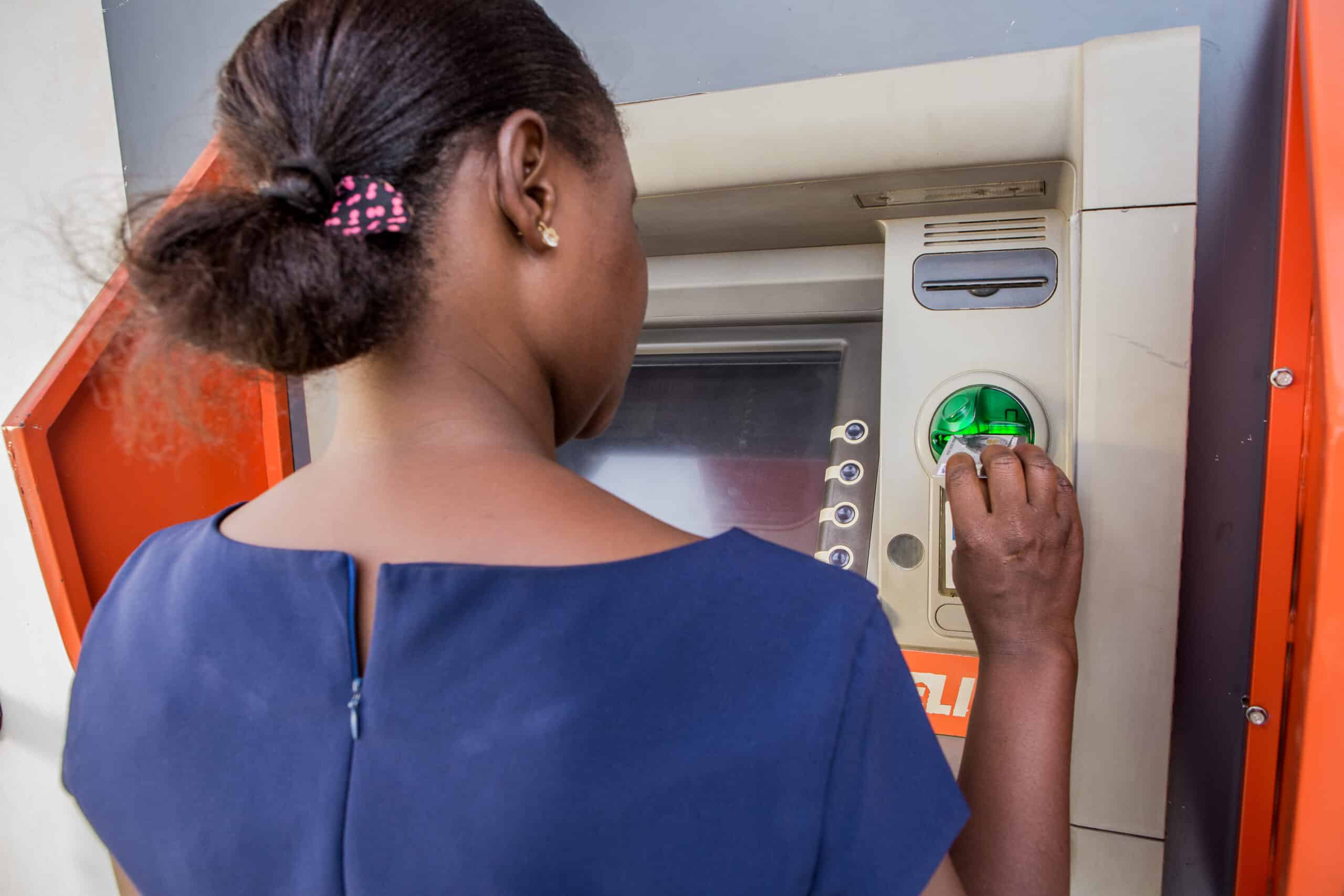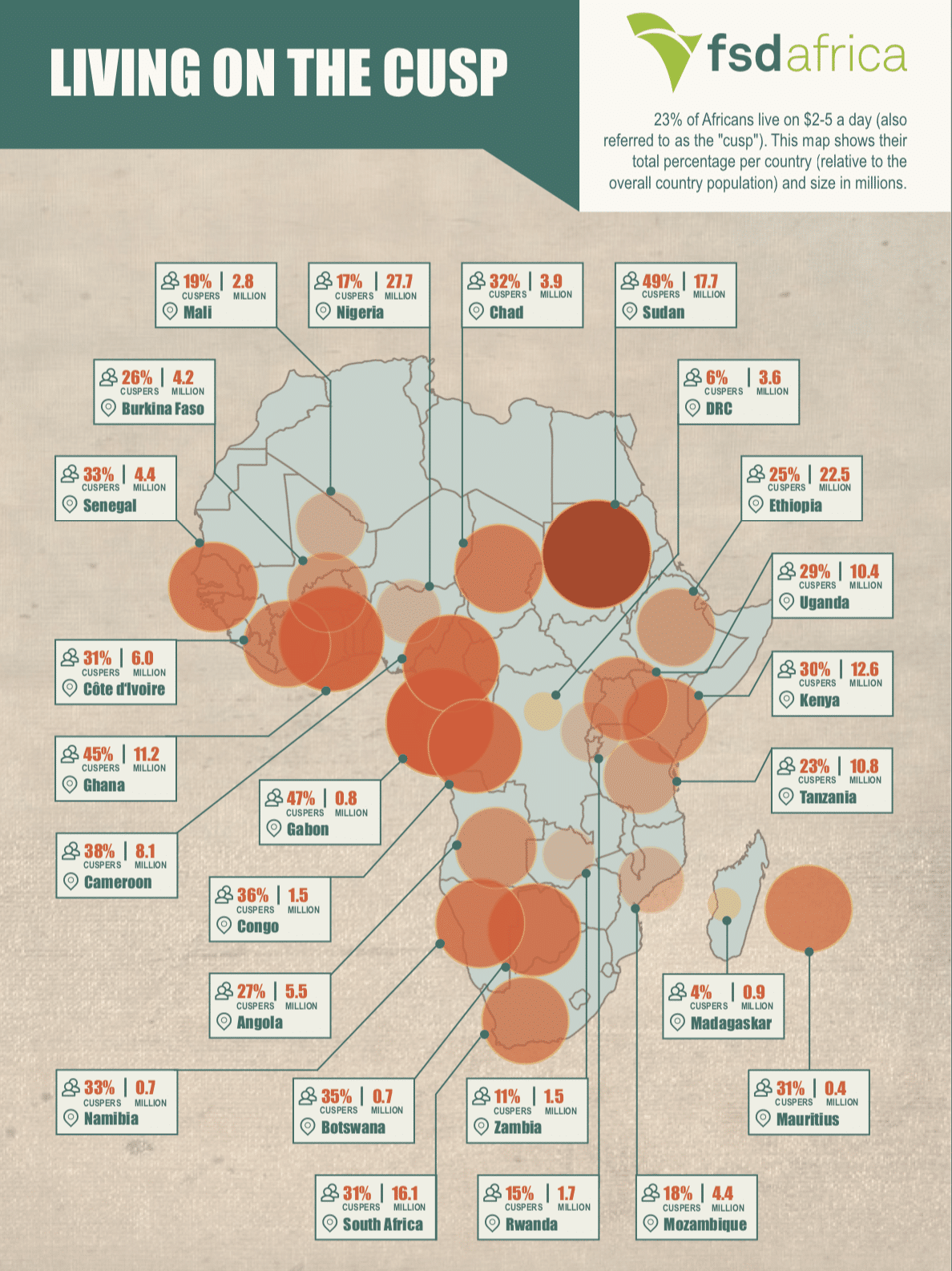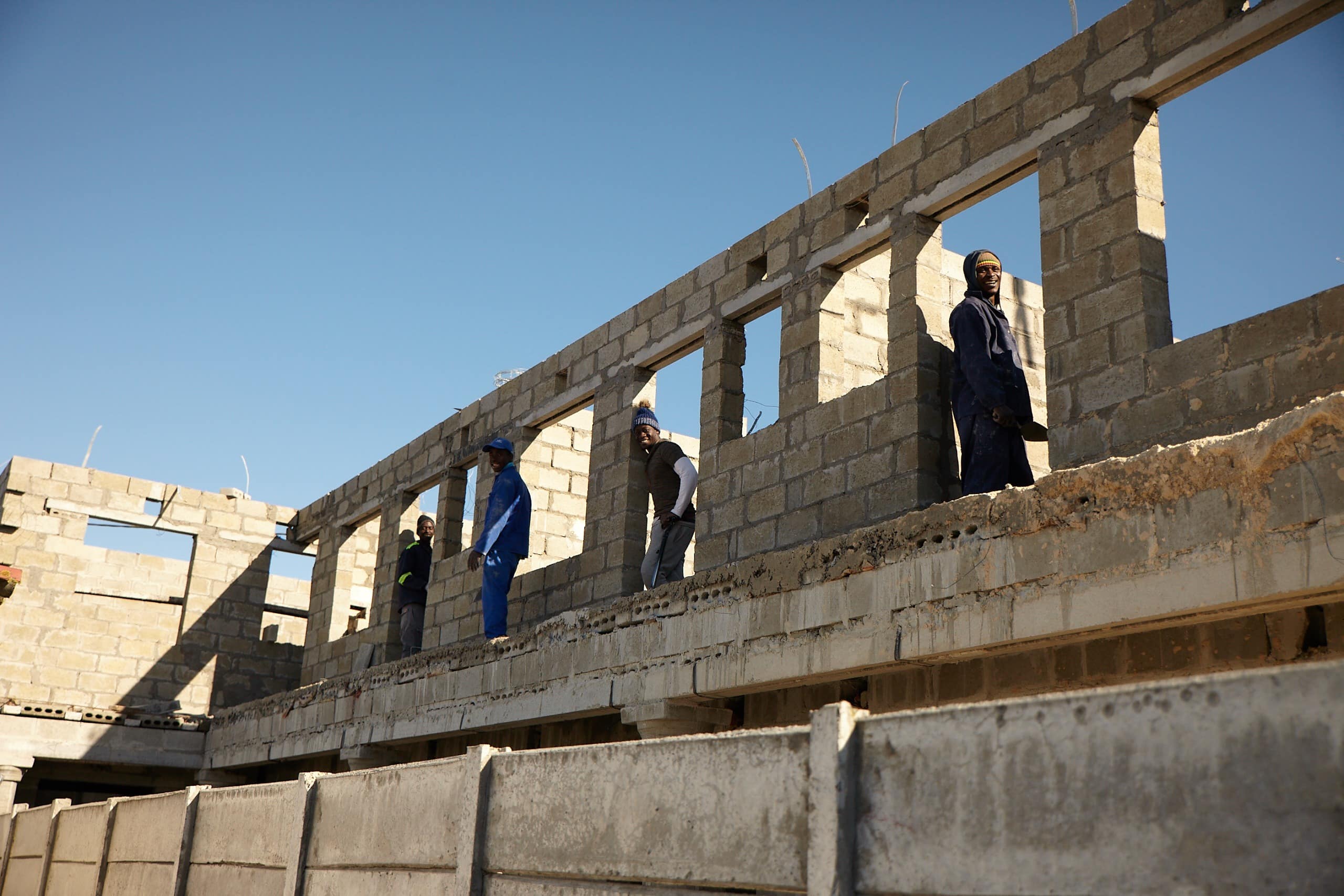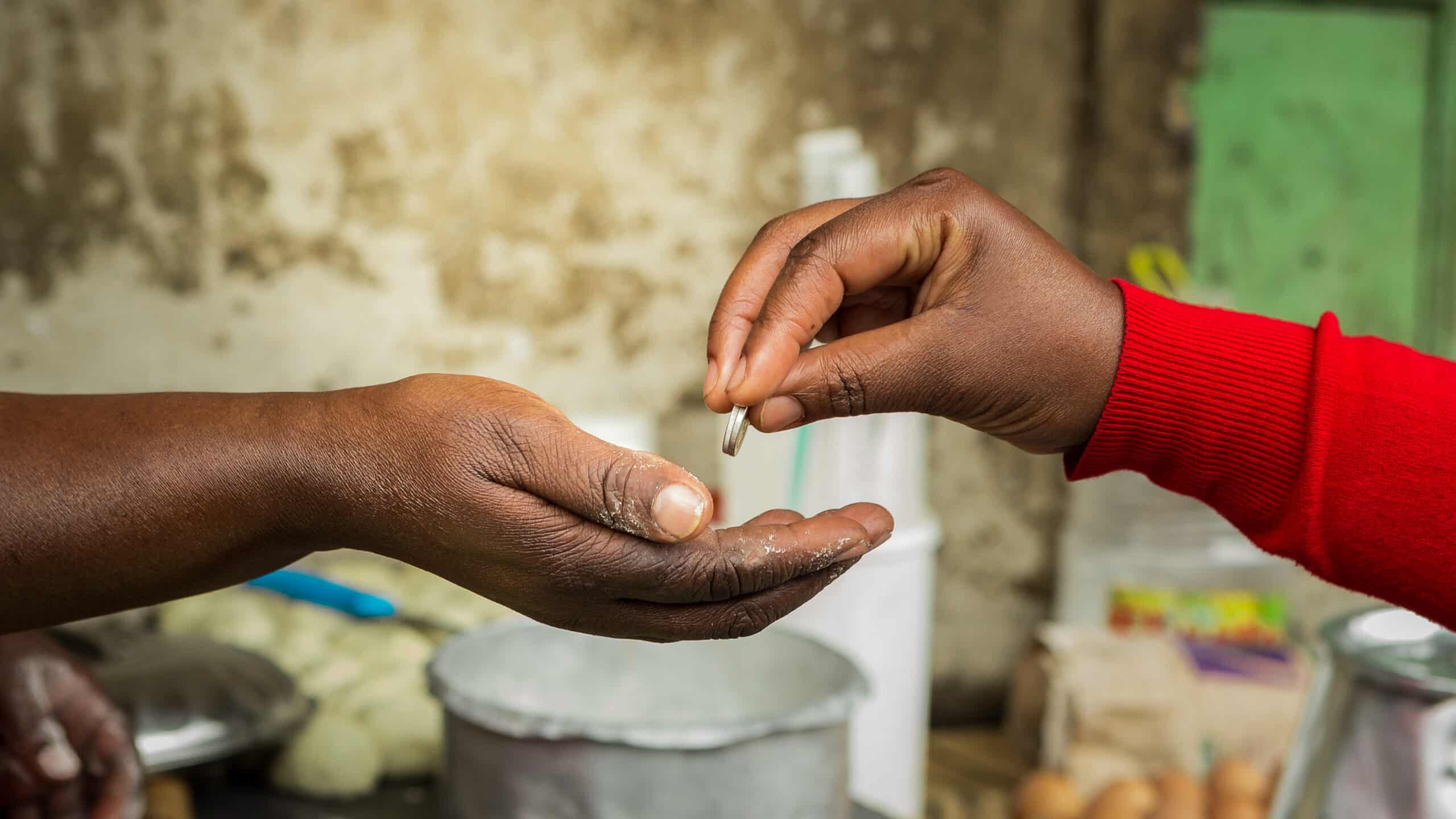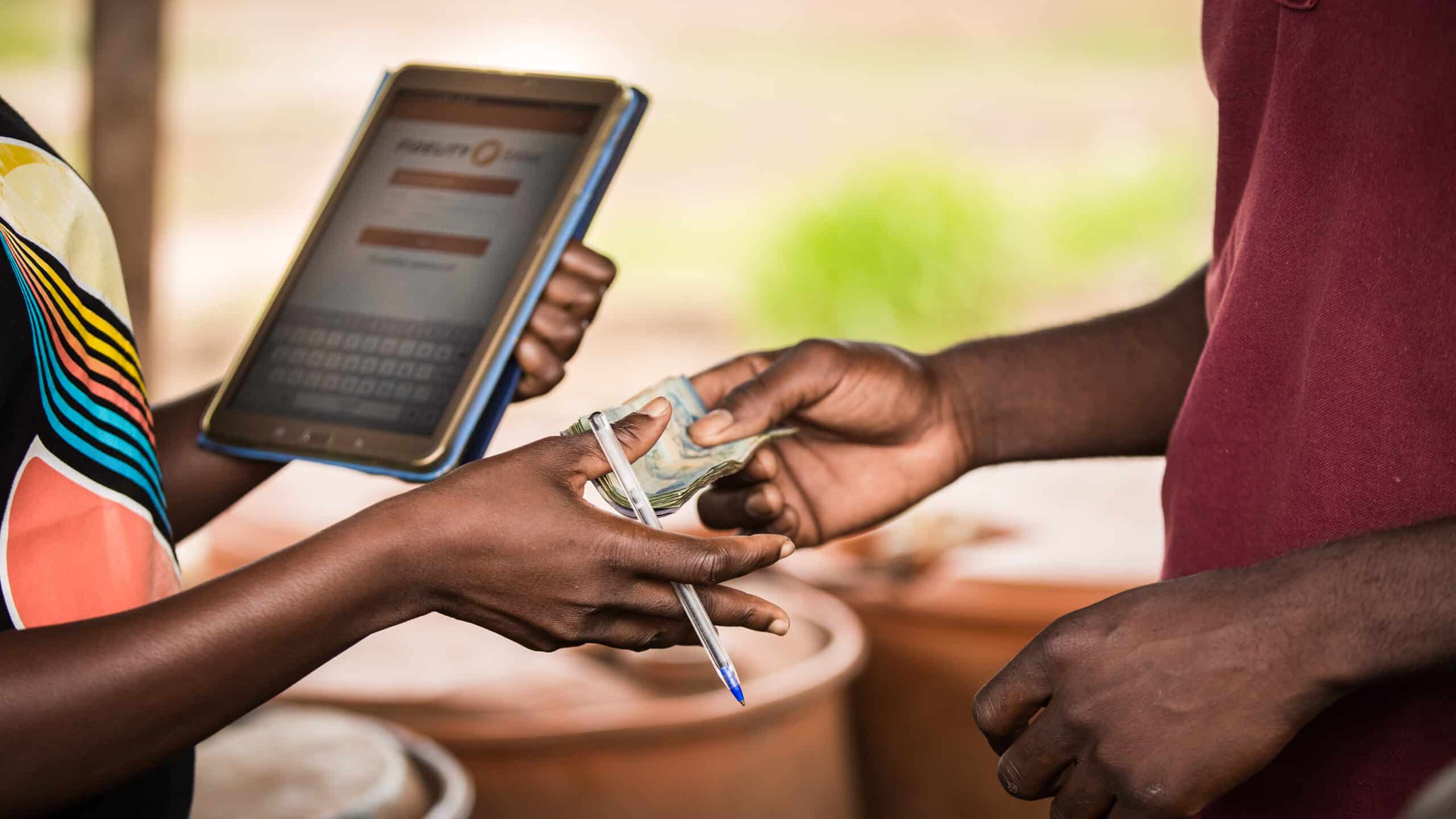In Edelman’s annual study on levels of trust in industries, the Financial Services industry once again came bottom, as they have done for the last 5 years. Although the industry has been recovering from its lows in the early 2010s, only 51% of people have trust in the sector. To put that in perspective, 9% of people have more trust in the Telecommunications industry and a whopping 23% have more trust in Technology companies (who have come top the last 5 years).
This “trust gap” exists all over the world and I was reminded of it on a recent visit to Nigeria. There, as part of one of our partners product launch, I met a lady who told me that she had recently signed up to one of the banks’ new services. When asked why, she said that on three previous occasions she had trusted a local Susu[1], who had then run-off with her savings. To be clear, the “trust gap” is not only an issue for women; many men face similar issues when dealing with formal financial institutions.
That is the heart of the problem. Financial management is difficult and we often entrust our hard earned cash to someone who, we hope, has our best interest at heart. But the world is full of people whose trust has been abused on financial matters. Almost everyone knows someone who was affected by the failure of a bank, defrauded by business associate (like that Susu) or trusted the wrong family member.
In this “low-trust” environment, financial institutions are increasingly battling these stories, as well as a lack of trust in the services they offer. Nowhere is this more evident than in the continued exclusion of women from financial services in developing countries. Despite being 40% of the world’s workforce, across the world, women owned businesses are experiencing a funding gap of $260billion to $320billion per year.
This is striking and becomes even more surprising when one understands that women are better at repaying loans. Not only that, they use money more productively and use financial services more frequently. This makes women profitable and, because of the high exclusion rates, a key target demographic to expand a client base.
Nevertheless, bringing women on board is not a top priority for many CEOs in the financial space. There is a catch; women, who are much more cautious when it comes to adoption of new products, are harder to gain as clients in the first place. In our work with Women’s World Banking and Diamond Bank in Nigeria we endeavour to increase the number of female clients by changing incentive structures for on-boarding agents, employ more female agents for outreach and designing products specifically targeting women.
Although we have brought on board many new clients of both genders, women are a smaller percentage than we would like (below 50%). Which takes us back to the issue of trust. The lady in Nigeria, had to be cheated out of her money three times before she considered approaching a formal financial service provide. That tells us that the level of mistrust of formal financial institutions is much higher than we want to admit.
Organisations such as FSD Africa, whose core mission is to develop financial markets that are responsive to the broader developmental needs of African economies and people, need to find better ways to reaching women and young people who are disproportionately excluded from financial services.
Our work with Women’s World Banking and our partner institutions Diamond Bank (Nigeria) and NMB (Tanzania) is to develop new products that seek to target these groups. One of the key learnings from our work is that products need to be well communicated to the target group and this often takes time. That is why Diamond Bank’s Agent Network in Nigeria has developed specific pitches for potential female clients. These go beyond a generic sales script, which is usually sufficient to bring on board male clients. The agents are educated on how to build trust with the customer and demonstrate that access to financial services gives them better security, improves their record-keeping and gives them greater financial control.
There are a number of other factors that limit women’s financial access. For example, many African countries remain highly patriarchal and women are less likely to be literate than men. Changing these attitudes takes time but ultimately, developing women’s ability to use savings and credit products will foster greater financial independence and increase gender equality.
Overcoming the “trust gap” is hard and that is why FSD Africa seeks to create long-term financial market impact, for both men and women. We understand that increasing financial inclusion is not just about the individual customer – our Change Management interventions seek to revolutionise the way financial institutions see and interact with their potential clients.
The “trust gap” exists for both men and women and relates to almost all Financial Service Providers. Consequently, FSD Africa is always looking for new partners that share their view on developing financial systems across the continent. If you or your institution are interested in building out services, as our partners have done, please reach out to us. FSD Africa will be speaking at the MasterCard Foundation Event in Kigali on the 20th and 21st of October 2016.
—-
[1] Informal savings channel in West Africa, usually operated by one person for a number of market traders).
